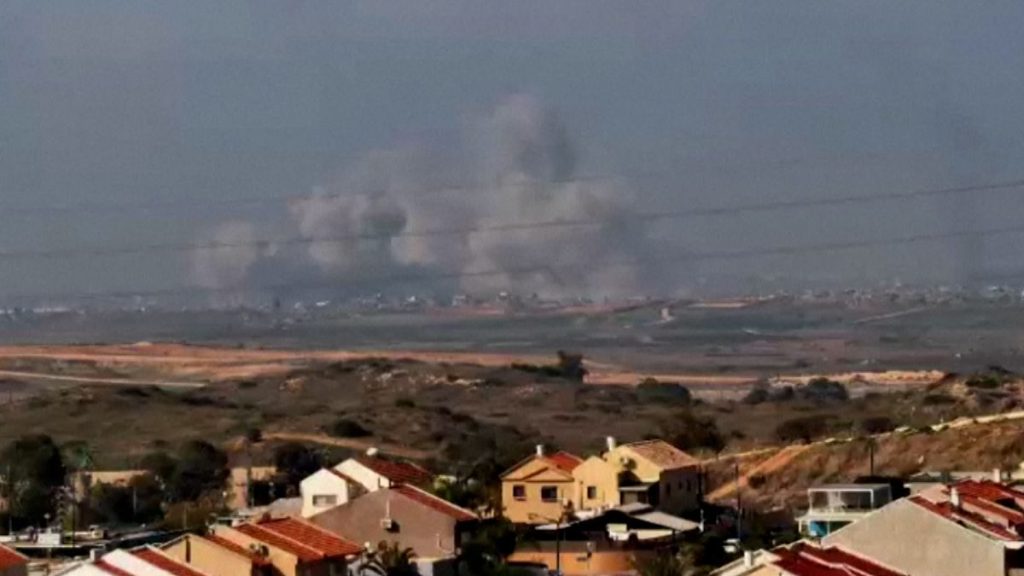The fragile hope for peace in the Gaza Strip was shattered as Israeli airstrikes claimed the lives of at least 72 people, including a significant number of women and children, just after a ceasefire agreement was announced. This tragic incident occurred despite the Wednesday announcement of a truce, meant to end 15 months of brutal conflict. The Gaza Health Ministry expressed grave concerns that the death toll could rise further, as the bombardment persisted overnight, tragically coinciding with celebrations marking the anticipated end of hostilities. The timing of the strikes, occurring amidst the hopeful anticipation of peace, amplified the sense of devastation and betrayal.
The conflicting narratives surrounding the breakdown of the ceasefire agreement further complicate the situation. Israeli Prime Minister Benjamin Netanyahu placed the blame squarely on Hamas, accusing the militant group of delaying the implementation of the truce. He cited a “last-minute crisis” as the reason for the continued Israeli offensive. This crisis, Netanyahu argued, justified the continuation of airstrikes despite the agreed-upon ceasefire. This claim paints a picture of Hamas obstructing the path to peace, forcing Israel to respond defensively.
Hamas, however, vehemently denies these accusations, insisting on its unwavering commitment to the ceasefire agreement. The group maintains that it was prepared to adhere to the terms of the truce, which promised not only an end to the violence but also the release of hostages and prisoners held by Israel. The agreement also included provisions for much-needed humanitarian aid to reach the beleaguered population of Gaza, struggling to survive amidst the devastation wrought by the prolonged conflict. Hamas’s counter-narrative portrays them as willing participants in the peace process, unjustly targeted by renewed Israeli aggression.
Qatar, playing a pivotal role as mediator in the ceasefire negotiations, has stepped in to salvage the crumbling truce. Their efforts are focused on establishing a new start date for the ceasefire, tentatively set for Sunday. This renewed push for peace aims to finally bring an end to the 15 months of relentless warfare that has inflicted immense suffering on the people of Gaza and caused widespread displacement. The success of Qatar’s mediation hinges on bridging the gap between the conflicting narratives and finding a common ground that both Israel and Hamas can accept.
The humanitarian crisis in Gaza remains dire, exacerbated by the recent airstrikes. The escalating death toll, coupled with the widespread destruction of infrastructure, paints a grim picture of life in the besieged territory. The ongoing conflict has left thousands displaced, their homes and livelihoods reduced to rubble. The need for humanitarian assistance is urgent and critical, as the population struggles to access basic necessities like food, water, and medical care. The renewed hopes for a ceasefire offer a glimmer of possibility for alleviating this suffering, provided the truce holds.
The international community watches with bated breath, hoping that the renewed efforts to establish a ceasefire will finally bring an end to the cycle of violence in Gaza. The conflicting narratives, accusations, and denials surrounding the breakdown of the initial truce underscore the fragility of the situation and the immense challenges in achieving a lasting peace. The focus remains on de-escalation and the imperative to protect civilian lives caught in the crossfire. The success of the renewed ceasefire hinges not only on the commitment of both sides to uphold the agreement but also on the sustained efforts of international mediators to bridge the deep divides and foster a climate of trust and understanding.














